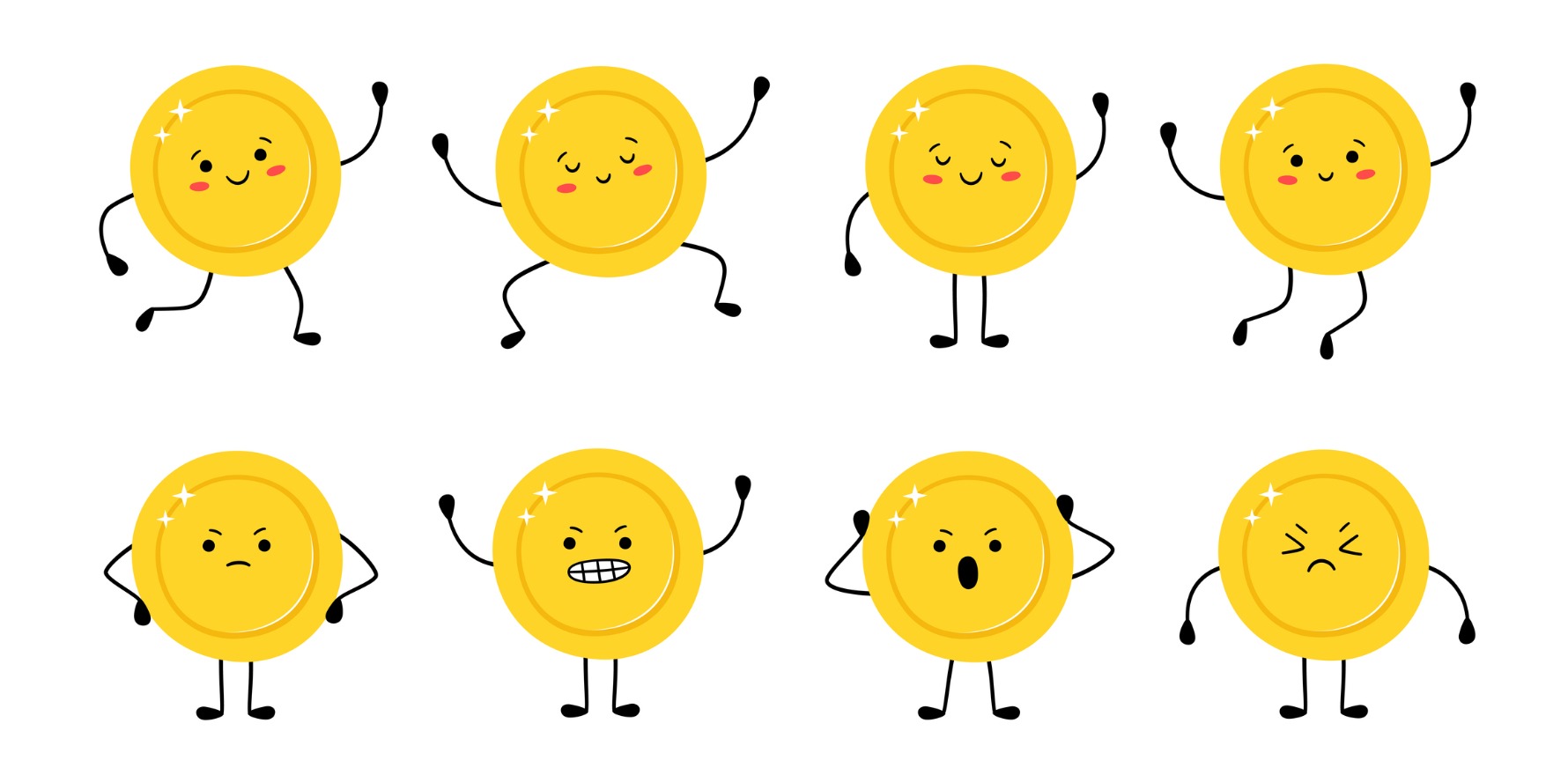Most with the condition do it almost as well as those who aren't on the spectrum.
Difficulties with social communication and interaction are considered core features of autism. There is a common perception autistic people are poor at recognising others’ emotions and have little insight into how effectively they do so.
We are used to seeing these challenges portrayed in popular culture, such as television shows The Good Doctor, Atypical or Love on the Spectrum. And there are exercises and therapies autistic people might do with a psychologist or speech pathologist to try to help them improve at this important social skill.
Yet, the research findings are messy. Some studies have very small sample sizes, others do not control for cognitive ability. Some studies only show participants a limited range of emotions to respond to. Some rely heavily on static images of face expressions or only require multiple-choice responses. Studies designed this way don’t capture the dynamic demands of everyday social interactions.
Our new research sought to overcome these challenges and found little difference between the ability of adults with autism and those without to recognise emotions in others.
Two matched groups
For our research, conducted by then doctoral student Dr Marie Georgopoulos, myself, Professor Robyn Young and post-doctoral researcher Dr Carmen Lucas, we studied a relatively large sample of 67 IQ-matched autistic and 67 non-autistic adult participants. We presented them with multiple examples of 12 different face emotion types captured not only in still photographs but also videoed in the context of social interactions. Participants were then able to give open-ended reports of the emotions they saw.
Several key findings emerged. First, emotion type, the way in which the stimuli were presented and the format for providing responses all affected accuracy and speed of emotion recognition. But those variations didn’t affect the differences between autistic and non-autistic groups’ responses.
Second, although emotion recognition accuracy was a little lower for the autistic group, there was substantial overlap in ability between the two groups. Just a small subgroup of the autistic participants performed below the level of the non-autistic group.
Third, the autistic participants responded more slowly, but again there was considerable overlap between the two groups. Although slower responses to others’ emotions might impede social interactions, our study suggests autistic people were probably just acting more cautiously in the laboratory setting.
We found there was no evidence that, as a group, autistic people were less aware of strengths and weaknesses in their emotion recognition skills than their non-autistic peers. But again, the awareness of people within in each group varied substantially.
Challenging beliefs
These findings challenge some common perceptions about autistic adults’ ability to recognise others’ emotions and their insight into their processing of emotions. The findings also demonstrate previously unacknowledged capabilities of many autistic people and remind us that autistic adults are not all the same.
That said, there are many unanswered questions. A full understanding of emotion processing by autistic people will require the incorporation of many more elements in future research.
For example, it is possible our findings underestimate autistic individuals’ difficulties with processing emotions. These difficulties might only emerge in the hurly-burly of real-life interactions with others.
So, we will need to develop more sophisticated research methods that still allow us to conduct carefully controlled studies. These studies would seek to accommodate the complexities of everyday interpersonal interactions that not only require processing of faces, but also gestures and voice tone or emphasis at the same time.
The impact of autism
Future research will also need a greater focus on how autistic people respond to others’ emotions. Perhaps they can recognise emotions but respond in ways that might compromise the effectiveness of their social exchanges?
We have conducted further research to explore autistic and non-autistic adults’ perceptions of the appropriate ways to respond to different emotions displayed by others. This is but one dimension of what is often referred to as “empathic responding” – knowing what might be considered an appropriate reaction when confronted with another person who is, for example, sad, angry, or frustrated. However, sensing what an appropriate response is then carrying out that action, or even being motivated to do so, don’t necessarily go hand-in-hand.
Answers to questions like these will be critical for refining interventions and therapies designed to improve social interaction skills in autistic people. Identifying the most important focus for intervention, the most effective procedures and the developmental stages at which such interventions should be implemented, are all important areas for ongoing research.
Neil Brewer, Matthew Flinders Distinguished Emeritus Professor of Psychology, Flinders University
This article is republished from The Conversation under a Creative Commons licence. Read the original article.


